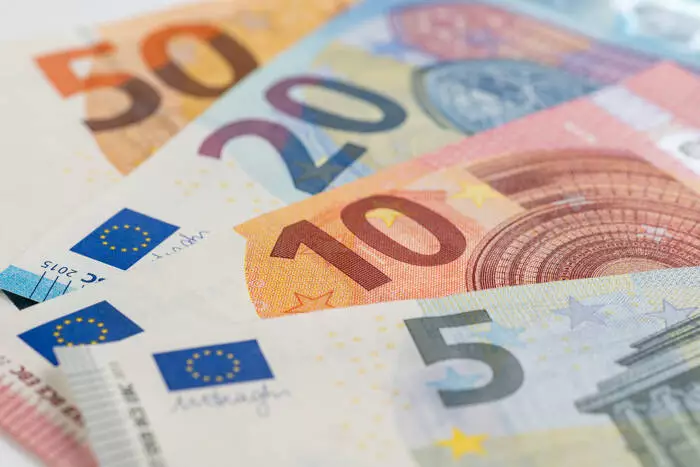In the context of significant economic shifts, gold has emerged as a frontrunner, poised for its most impressive monthly gains since March of the previous year. This resurgence is closely tied to prevailing market sentiments and the intricacies of American politics. The combination of a strong bullion market and a resilient dollar creates a complex tapestry that traders are keen to decode. As global investors scan the horizon, they are paying close attention to potential ramifications within the financial landscape, particularly those triggered by U.S. policymakers.
The Federal Reserve recently announced its decision to maintain interest rates within the range of 4.25% to 4.5%, an outcome that was anticipated by market participants. This pause underscores the Fed’s cautious stance regarding inflation, emphasizing the need for tangible progress on this front before implementing further rate cuts. Notably, the elimination of previous references to progress toward a 2% inflation target in the Fed’s communication may indicate a shift in perspective, suggesting that policymakers may perceive rising inflation as a sustained trend rather than an anomaly.
As the job market in the U.S. continues to exhibit resilience and key economic indicators provide no immediate warnings of a recession, the Fed’s actions signify a delicate balancing act. The increasing probability of another rate hold in March, now estimated at around 85%, reflects a broader consensus among economists and traders regarding the path forward for U.S. monetary policy.
Meanwhile, the European Central Bank (ECB) has entered a different phase, initiating a much-anticipated cut to its main refinancing rate, now set at 2.9%. This strategic move illustrates the ECB’s flexibility in responding to less aggressive inflation trends within the Eurozone, which currently lag behind those in the United States. With annual headline inflation running lower in Europe and projections estimating a return to the 2% target by year’s end, the ECB appears well-positioned to pursue further reductions in rates. However, this divergence in monetary policy raises concerns about the euro’s stability relative to the dollar, leaving it potentially vulnerable to shifts in investor confidence.
Compounding these economic dynamics are the recent statements from former President Donald Trump regarding potential tariffs on imports from Canada, Mexico, and China. The announcement of a 25% tariff on certain Canadian and Mexican goods, along with a proposed 10% tariff on Chinese imports, has stirred expectations of escalating trade tensions. While market participants anticipated these moves, the uncertainty surrounding specific products and their associated costs remains a critical focal point for traders.
Investors are now left awaiting concrete details regarding these tariff plans, as the implications for domestic and international markets could be significant. A surge in tariffs could potentially dampen economic growth, introducing further volatility into an already complex market environment.
As gold prices continue to climb amid these intertwined economic forces, market participants must maintain vigilance. The interplay between U.S. monetary policy, European economic strategy, and trade relations will play a pivotal role in shaping future investment decisions. Navigating these fluctuations will require not only an understanding of current trends but also foresight into forthcoming political and economic developments. Amidst these uncertainties, gold’s allure as a safe-haven asset remains robust, signaling that investors may continue to gravitate towards its stability in an ever-evolving financial landscape.

